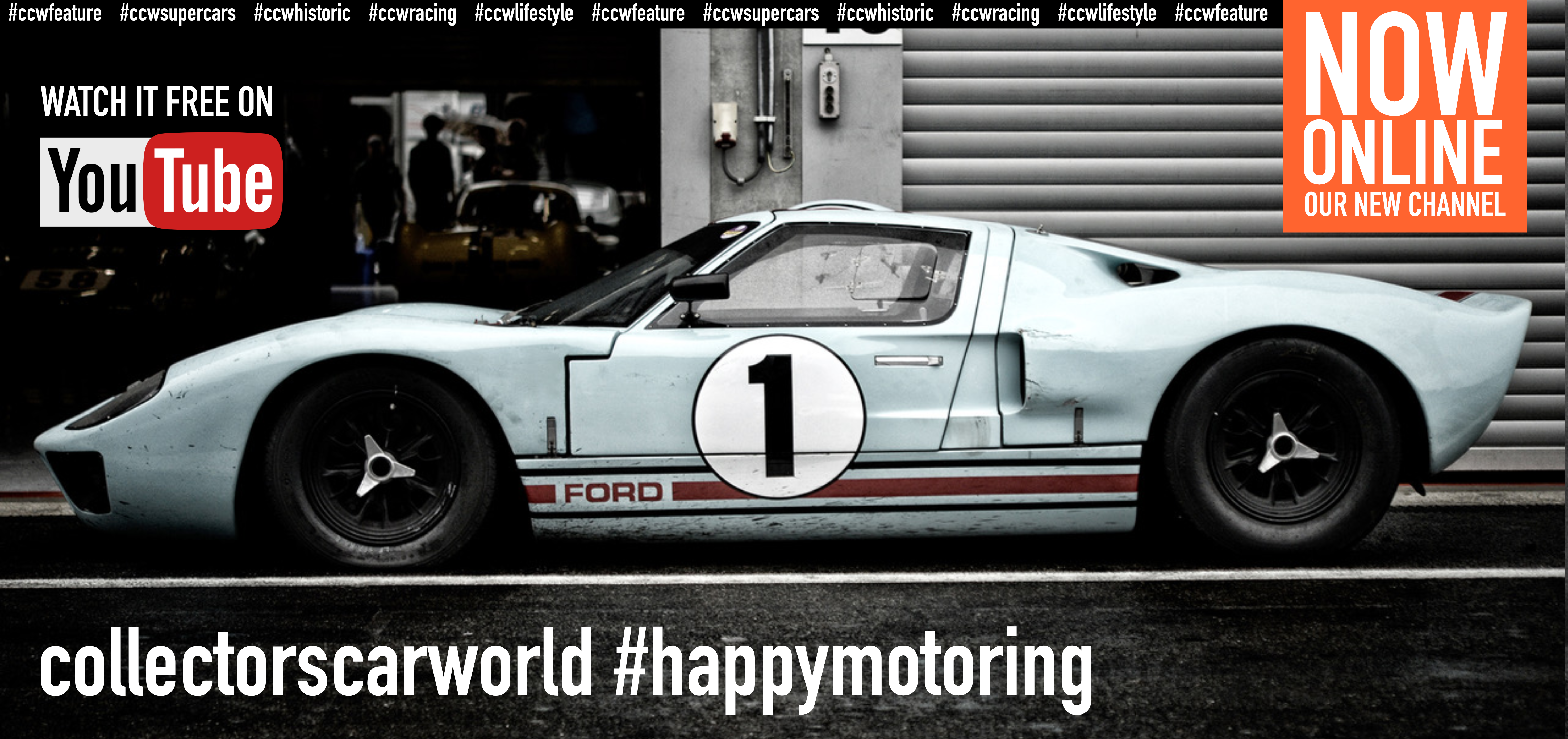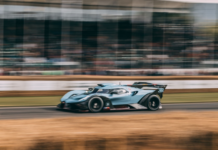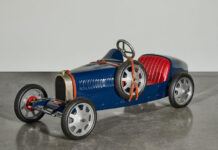Now with 90 years under its belt, we recently brought you our pick of the best Pininfarina road cars, which was of course rather incomplete, lacking as it did anything bright red with a Prancing Horse badge. The truth was there were just too many to choose from and we decided that the most famous partnership in automotive history deserved exclusive treatment. So here is our pick of the best Pininfarina-designed Ferraris.

Ferrari 212 Inter – 1952
That famed partnership nearly didn’t emerge thanks to the obstinacy of both Enzo Ferrari and Battista ‘Pinin’ Farina. Each thought that the other should travel to their location for the meeting but both refused to do so. Sergio Pininfarina, Battista’s son, finally managed to wrangle the recalcitrant pair into a lunch meeting in a restaurant in Tortona, halfway between the Pininfarina factory in Turin and Ferrari’s Modena plant in 1951.
The result the following year was the first car to carry both the prancing horse on its nose and a Pininfarina emblem on its flanks. The 212, a development of the 166 cars, is often referred to as the first ‘production’ Ferrari, despite still being dressed by coachbuilders such as Touring, Vignale, Ghia and now Pininfarina. The 212 Inter established some ‘Pininfarina X Ferrari’ traits such as the egg-crate grille, smooth flanks and lack of showy adornment.
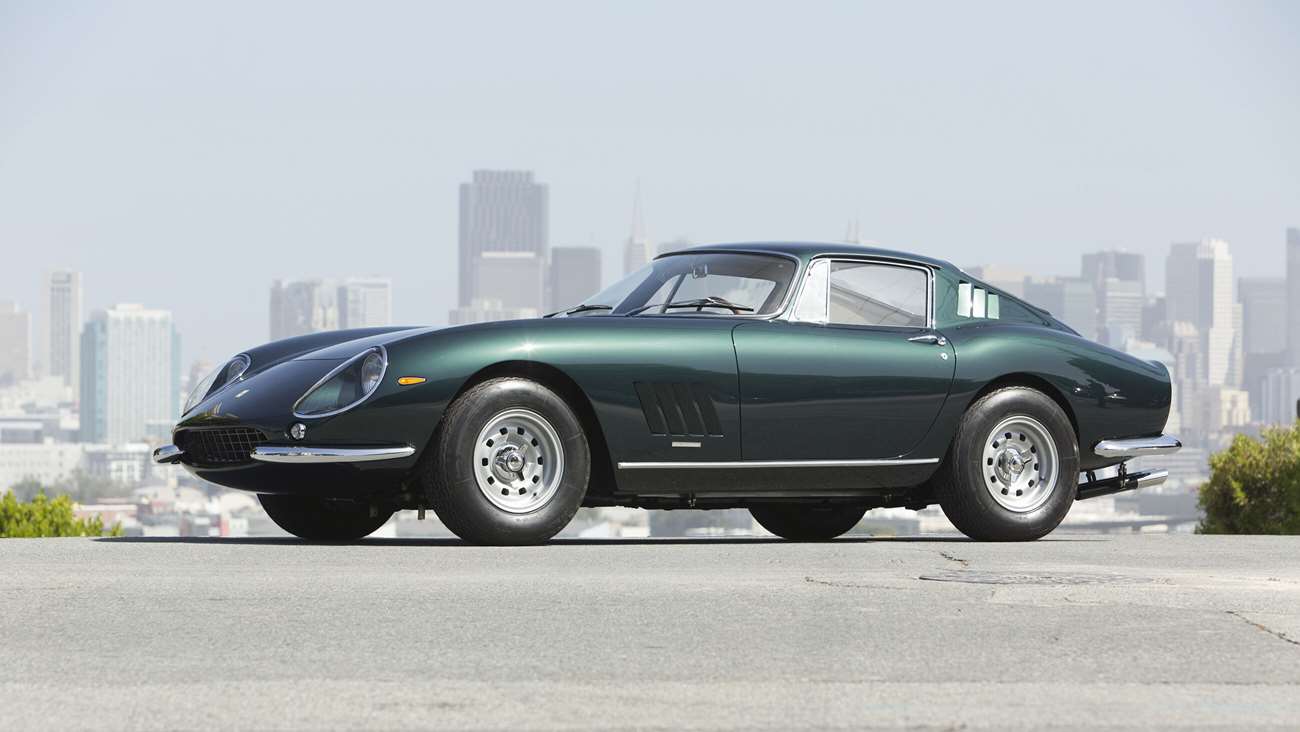
Ferrari 275 GTB – 1964
The 250 series cars get all the plaudits but, and I am just going to say it here, the 275 GTB is far more beautiful than either the 250 GT SWB or the GTO. Although intended as a successor to the GTO in competition the 275 came in at the time when sportscars were switching to the mid-engined configuration and found itself outclassed despite Ferrari’s best efforts.
These included a five-speed transaxle with syncromesh and a limited-slip differential, double-wishbone independent suspension all round and even the option of lightweight chassis and bodywork for customer cars. All propelled by a 3.3-litre version of the Colombo V12 with a possible six twin-choke Weber carburetors pushing peak power to around 300 horsepower. Penned by Pininfarina and built by Scaglietti the 275’s shark-like nose, muscular rear and ‘Kamm’ tail created the epitome of the front-engined rear-wheel-drive GT which was really only surpassed by its successor…

Ferrari 365GTB/4 Daytona – 1968
And this was it. Like the 275, the 365GTB/4 suffered from bad timing, appearing a couple of years after Lamborghini revealed the Miura, instantly making front-engined GTs look rather old hat. Not that the Daytona – a name unofficially given to the car after Ferrari’s 1-2-3 finish at the 1867 24 Hours of Daytona – looked dated. Its styling, by Leonardo Fioravanti, took the same muscular proportions of the 275 and brought them bang up to date. Gone were the round headlights and softer forms, replaced with a sharp snout and fine creases plus what would become a Ferrari signature, pairs of circular rear lights.
The Daytona did not lack for muscle to back up its looks either, the Colombo V12 having been increased in size to 4.3-litres and with six twin-choke carburettors and dual overhead camshafts could push out more than 350 horsepower. Never raced officially by Scuderia Ferrari, customer cars took the top five places in the GT class at Le Mans in 1972, following it up with victories in 1973 and 1974. It was also the winner of the first Cannonball Baker Sea-to-Shining-Sea Memorial Trophy Dash. Driven by Brock Yates and Dan Gurney it crossed America in just under 36 hours at an average speed of 80.1mph.
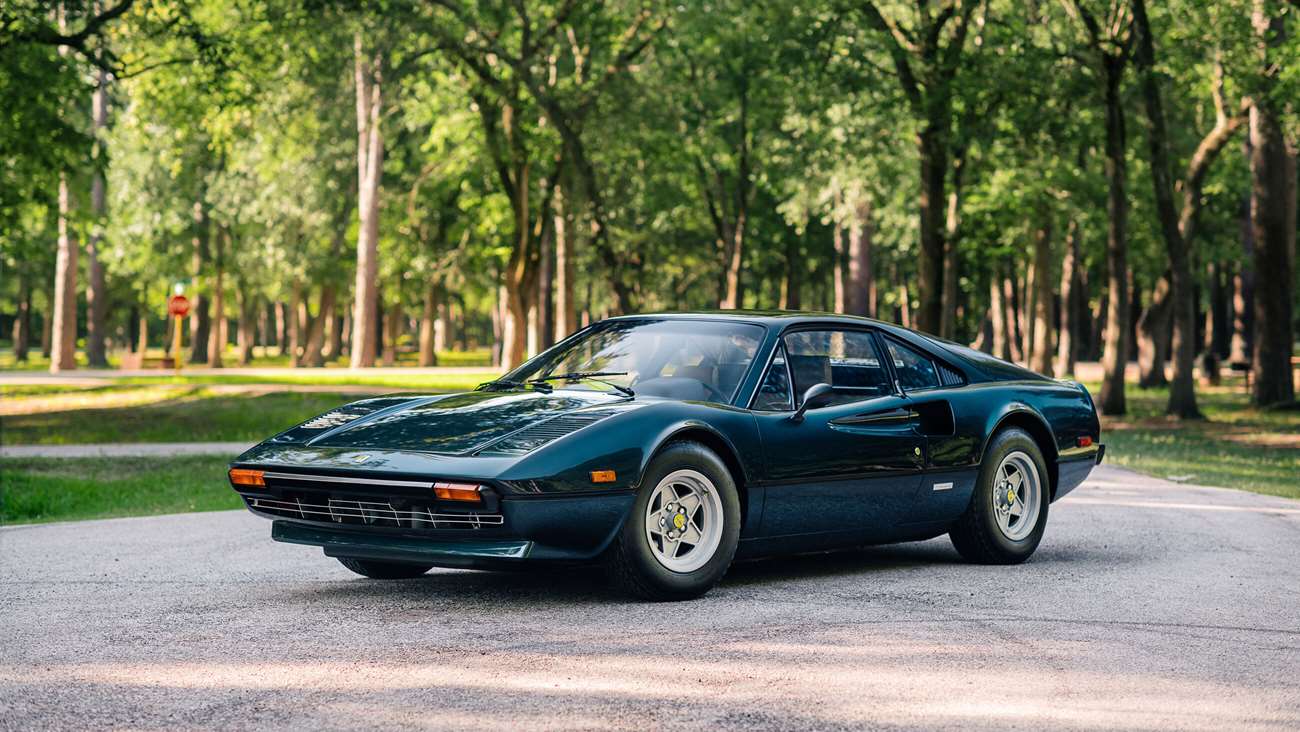
Ferrari 308GTB – 1975
If the 275 GTB remains the archetype for front-engined GTs then the 308 created the template for mid-engined sportscars. Another Leonardo Fioravanti design the 308GTB used a mid-mounted dry-sump V8, creating a lineage of mid-engined sportscars which continues to this day and share that car’s styling cues of a low, prominent nose, air scoops in the rear flanks, flat ear deck and circular rear lights.
A variant of the car created for the Italian market, the 208 was de-bored to create one of the smallest roadgoing V8 engines ever and, apocryphally the slowest Ferrari of all time. However the addition of a turbocharger not only helped redress the capacity fall but made the 208GTB Turbo the first Ferrari road car with forced induction. Michelotti also used the 308 as the basis for a successful Group 4 rally car which won the 1979 Rally di Monza, and in 1981 the Targa Florio rally, the 24 Hours of Ypres, the Rally 4 Regioni and the Tour de France Automobile.

Ferrari 456 GT – 1992
While I was tempted to include it for its sharply angular styling which at least pushed Ferrari in new directions and frankly looks very cool today, the 365 GT4 2+2, which evolved into the 400 and 412 have never exactly been favoured. It seems even Fioravanti couldn’t quite make a four-seater Ferrari work as far as the Ferraristi were concerned.
The 412’s successor, however, designed by Pietro Camardella at Pininfarina, was much more favourably received – even the automatic which had played a major part in seeing enthusiasts turn their noses up at the 365. Its 5.5-litre V12 was derived from the V6 first seen in the Dino and with four-valves per cylinder could produce 442PS (325kW), helping the four-seater hit 60mph in less than five seconds. Never before or since has family motoring looks so stylish.
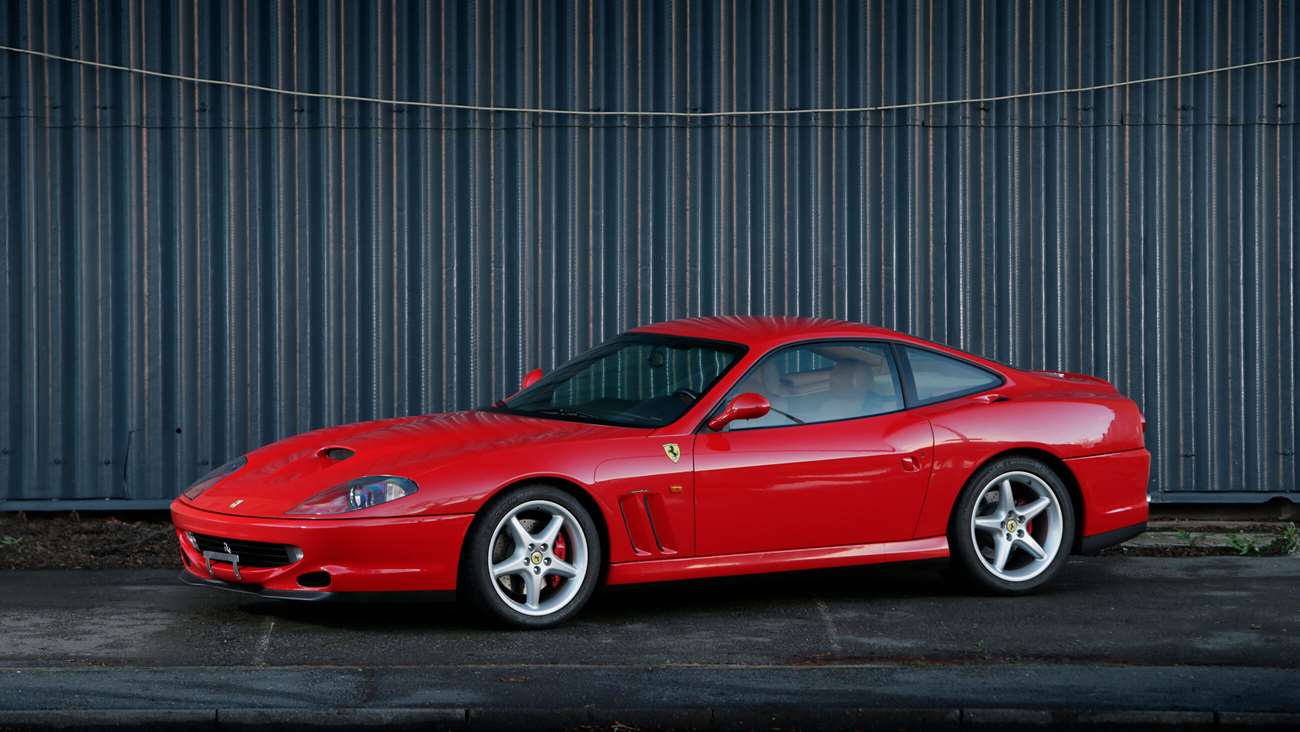
Ferrari 550 Maranello – 1996
Having been late to the mid-engined supercar party, Ferrari then turned its back on the big GT category for more than 20 years after the demise of the Daytona in favour of the 365GT/4 Berlinetta Boxer. Its return to the category 23 years later could be rightly judged a triumph as designer Elvio D’Aprile successfully took cues from Ferrari’s history and brought them together in a modern design which avoided any hint of pastiche. There are the side vents evoking the 250 GTO, the overall shape and Kamm tail reminiscent of the 275 GTB and of course the paired rear lights.
Sharing the 65-degree V12 with the 456, the 550 pushed the output to 485PS (357kW) and driving the rear wheels through a six-speed manual transaxle, the steel space-framed and aluminium bodied 550 could hit 62mph in 4.4 seconds. In 2000 a special edition was produced to celebrate 70 years of Pininfarina, the roofless Ferrari 550 Barchetta Pininfarina.
Report by Henry Biggs for goodwood.com
Photos by bonhams.com

